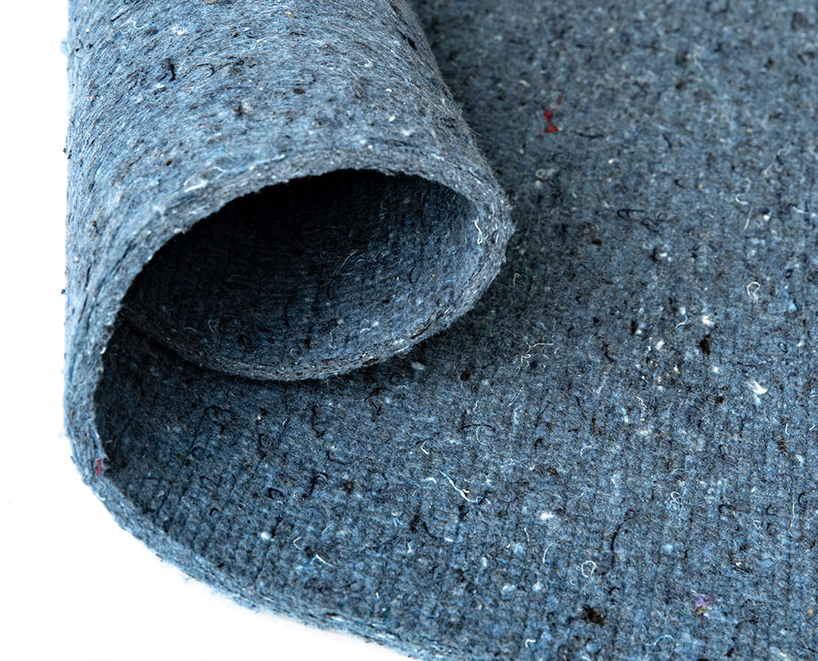7 Effective Ways to Insulate Your Home
Author: Tony Corso Date Posted:9 April 2025

7 Effective Ways to Insulate Your Melbourne Home
Creating a comfortable home that feels just right, no matter the Melbourne weather, is a goal for many homeowners. Beyond aesthetics, making smart choices about your home's structure and materials can lead to significant improvements in comfort and energy efficiency. Effective insulation is crucial for achieving this, helping you stay warm in winter and cool in summer while saving on energy bills. Here are seven key areas to focus on:
1. Install Double Glazed Windows
Standard single-pane windows can be major culprits for heat loss in winter and heat gain in summer. Upgrading to double glazing, which features two panes of glass separated by a sealed air or gas gap, provides a much more effective thermal barrier. This significantly reduces heat transfer, helping maintain a stable indoor temperature and lowering your reliance on heating and cooling. As a bonus, it also dramatically reduces noise pollution from outside.
2. Add External Roller Shutters
For an extra layer of defence against the elements, consider installing roller shutters on the outside of your windows. Controlled conveniently from inside, they provide excellent insulation by blocking harsh summer sun before it hits the glass and trapping internal warmth during winter nights. Roller shutters also offer added benefits like UV protection, noise reduction, and increased home security.
3. Insulate Your Roof Space
Since heat naturally rises, a significant amount of warmth can escape through your roof in winter. Conversely, the roof absorbs a lot of heat during summer. Insulating your attic or roof cavity (typically with batts or loose-fill insulation) is one of the most effective ways to improve your home's overall thermal performance. Ensure you have adequate insulation levels appropriate for the Melbourne climate.
4. Insulate External (and Internal) Walls
Just like the roof, external walls are a major surface area for heat exchange. Installing insulation batts or panels within the wall cavities during construction or renovation significantly slows down this heat transfer. Don't overlook internal walls either; while less critical for overall thermal performance, insulating internal walls provides excellent soundproofing between rooms, contributing to a quieter home environment.
5. Invest in Quality Flooring Underlay
Floors, especially those over crawl spaces or on concrete slabs, can be a source of heat loss and make rooms feel cold underfoot. While your choice of flooring (like carpet) helps, the real insulation hero is often the underlay beneath it.

Selecting the right underlay type and thickness is key. To see a range of quality options designed for comfort, longevity, and insulation : Visit Store Swan Street Flooring / Underlay Read our Blog -> Types of Underlay
6. Seal Gaps and Stop Draughts
Even a well-insulated home can feel uncomfortable and waste energy if there are draughts. Cold air sneaking in (or warm air escaping) through gaps around doors, windows, vents, floorboards, or even unused chimneys forces your heating system to work harder. Use weather stripping, sealant strips, fillers, or specific draught stoppers to seal these leaks effectively. It's often a low-cost measure with noticeable benefits.
7. Use Effective Window Treatments (Curtains & Blinds)
Your choice of internal window coverings adds another layer of insulation control.
- Maximise Winter Sun: Open curtains/blinds during sunny winter days to let natural warmth in.
- Trap Warmth at Night: Close heavy, well-fitted curtains or blinds (especially cellular blinds) at night during winter to reduce heat escaping through the glass.
- Block Summer Heat: Close blinds or curtains during the hottest parts of summer days, particularly on sun-facing windows, to prevent excessive heat gain. Lighter colours can help reflect heat. Layering sheers with block-outs offers flexibility.
A Comfortable Home, All Year Round
By addressing these seven areas – from major installations like double glazing and roof insulation to crucial details like draught sealing and quality underlay – you can create a home that’s significantly more comfortable, quieter, and energy-efficient. It's a smart investment for enjoying Melbourne life, whatever the season throws at us.
